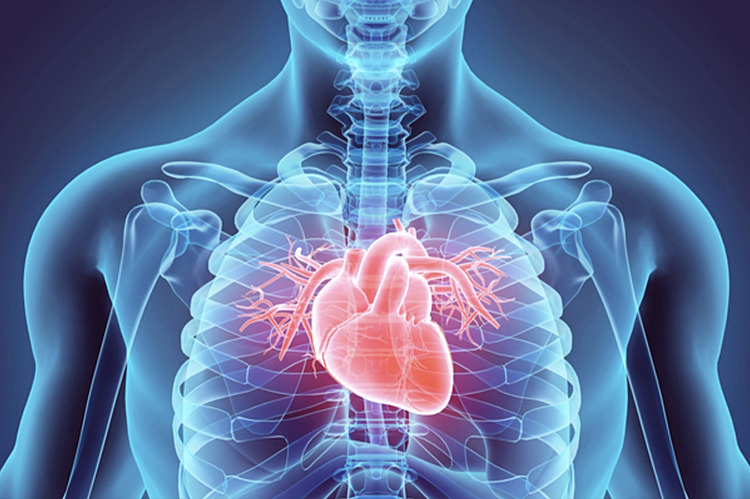Hoang Nam Tien, vice president of FPT University, passed away on the afternoon of 31/7 at the age of 56 due to sudden cardiac arrest. Experts say sudden cardiac arrest is a silent threat, even to those who appear healthy. Everyone needs to recognize the signs and causes to prevent it.
Doctor Doan Du Manh, from the Vietnam Vascular Association, said cardiac arrest occurs when the heart suddenly loses its ability to pump blood to the body, especially the brain. If not treated within 3-5 minutes, the patient can die from lack of oxygen to the brain.
The causes of cardiac arrest are varied, but most are related to underlying heart conditions or vascular damage. The most common is a myocardial infarction, when plaque in the coronary arteries ruptures, creating a blood clot that blocks blood flow to the heart. This leads to myocardial necrosis, causing arrhythmia or sudden cardiac arrest.
In addition, malignant arrhythmias such as ventricular fibrillation or ventricular tachycardia are also culprits. These disorders often occur in people with undiagnosed heart conditions, such as cardiac hypertrophy, viral myocarditis, or inherited cardiac electrophysiological abnormalities. Ventricular fibrillation causes the heart to contract in a disorganized way, unable to pump blood effectively.
Cardiac arrest can also stem from an acute stroke, especially cerebral hemorrhage or large vessel occlusion, which disrupts the function of the cardiovascular regulatory center. In many cases, cardiac arrest is a complication of a severe stroke that is not controlled in a timely manner.
According to Very Well Health, 90% of out-of-hospital cardiac arrests are fatal. Treating sudden cardiac arrest is difficult, but understanding the underlying cause and implementing control measures can improve a patient's chances of survival. Cardiac arrest can be caused by almost any type of heart disease.
Doctor Manh recognizes that the modern lifestyle is contributing to a series of risk factors leading to cardiac arrest, making the condition increasingly common in younger people. Prolonged stress, staying up late, skipping meals, eating a high-fat diet, smoking, consuming alcohol, lack of exercise, and substance abuse cause the body to fall into a state of neurological and circulatory imbalance. Obesity, high blood pressure, dyslipidemia, and diabetes create a foundation for blood vessels to harden and rupture easily. When the heart operates under conditions of lack of oxygen, lack of nutrients, and constantly having to pump blood at high pressure, the risk of arrhythmia and cardiac arrest increases significantly.
There are many cases of young people dying suddenly from cardiac arrest who had never been diagnosed with heart disease before. "They may only feel slightly tired, palpitations, or transient dizziness but do not have a health check, and when an incident occurs, no one can intervene in time," the doctor said.
 |
Illustration photo: Provided by the doctor |
Cardiac arrest is entirely preventable if risk factors are identified early and lifestyle changes are made proactively. People 30 years and older should have their blood pressure, cholesterol, and blood sugar checked regularly. Those who work in stressful environments, regularly stay up late, are overweight, or have a family history of cardiovascular disease should see a cardiologist at least once a year. Quitting smoking, reducing salt intake, limiting fatty foods, eating plenty of green vegetables, drinking enough water, and exercising regularly every day are simple steps but have great significance for cardiovascular health.
Along with that, getting 7-8 hours of deep sleep each night helps the heart rest properly and limits dangerous arrhythmias. For overweight individuals, it is necessary to strictly adhere to a diet and exercise regimen to lose weight, lower BMI, and reduce waist circumference to reduce the risk.
If you experience unusual symptoms such as chest pain, palpitations, shortness of breath, fainting, or unexplained fatigue, go to the hospital immediately for a check-up. Early detection of arrhythmias, coronary artery stenosis, and cardiac hypertrophy can help prevent unfortunate cases of sudden cardiac arrest.
Thuy Quynh












